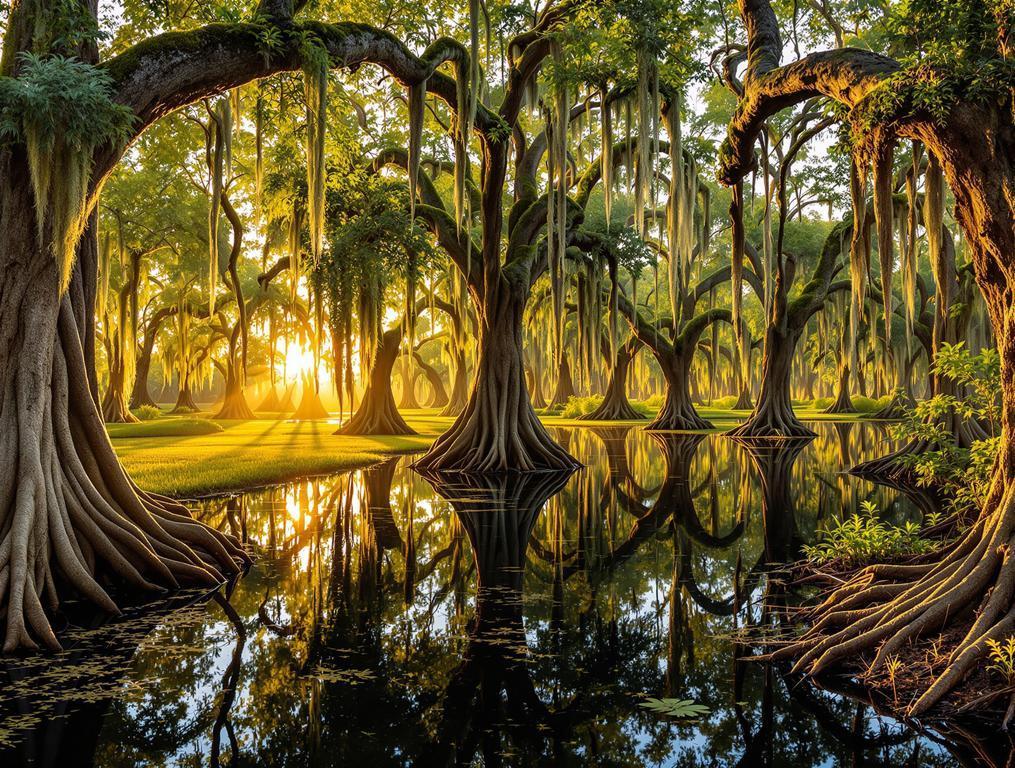I slow my rental car to a crawl as Spanish moss drapes across the road like nature’s welcome banner. Walterboro, South Carolina—population 5,511—appears through my windshield, feeling worlds away from Charleston’s tourist crowds just 50 miles east. What strikes me immediately isn’t what this town has, but what it doesn’t: no lines, no tour buses, no harried visitors checking attractions off lists.
Instead, I find myself standing at the exact spot where the famed Tuskegee Airmen completed their final training before deploying to combat in World War II. This small Southern town has preserved a pivotal chapter of African American military history that even dedicated history buffs rarely discover.
Walterboro: The forgotten final chapter in Tuskegee Airmen history
The Walterboro Army Airfield served as the last training ground for America’s first Black military pilots before they shipped overseas to fight fascism. Today, a modest memorial stands where these pioneering aviators once soared, their courage preserved in a town most Americans drive past without a second glance.
“It’s like finding the missing puzzle piece to a story everyone thought they already knew,” remarks a retired military historian examining the memorial’s inscriptions beside me.
Unlike Alabama’s famous Tuskegee site, Walterboro’s connection to these groundbreaking pilots remains largely undiscovered, despite its equal significance. Here, these men completed their final preparations before facing both enemy aircraft and the prejudices of their era.
Like other resilient small American towns, Walterboro maintains an impressive community spirit in preserving this heritage, creating an intimate historical experience impossible to find in larger destinations.
How a town of 5,511 preserves two distinct American legacies
What makes Walterboro remarkable is its dual preservation mission. Beyond military history, this small community protects a 600-acre wildlife sanctuary showcasing pristine Lowcountry ecosystems. The sanctuary’s boardwalks wind through braided creek swamps where alligators bask and herons stalk the shallows.
While Georgetown showcases colonial architecture, Walterboro preserves a different chapter of Southern history — one that connects military achievement with natural conservation.
“We come here to escape Charleston’s summer crowds. In two hours, we can see history, shop for artisan crafts, and spot wildlife without fighting for parking or waiting in lines.”
The South Carolina Artisans Center houses works from over 300 local artists, giving Walterboro a cultural density that rivals cities twenty times its size. From handcrafted canoe paddles to traditional sweetgrass baskets, the artistic heritage here runs deep.
Marshland ecosystems like Walterboro’s are treasured worldwide, from European wetlands to the Carolina Lowcountry. Yet few places combine this natural splendor with such significant human history.
Why military history experts are rediscovering this South Carolina connection
The Southeast coastline features several towns dedicated to wilderness protection, from Georgia’s Cumberland Island to Walterboro’s sanctuary. What sets Walterboro apart is how its military past intertwines with its natural present.
Recent scholarly attention has turned to Walterboro as researchers document the final training experiences of the Tuskegee Airmen. These pilots, who would go on to escort bombers with distinction over Europe, spent critical weeks here mastering formation flying and combat tactics.
History enthusiasts seeking authentic Southern experiences beyond crowded destinations are discovering towns like Elizabethton and Walterboro, where America’s stories remain intact without commercial exploitation.
Experience both heritage and nature in the “Front Porch of the Lowcountry”
Locals call Walterboro the “Front Porch of the Lowcountry“—an apt description for this welcoming community where visitors can rock back, slow down, and absorb authentic Southern culture without the pressure of crowded itineraries.
Access is simple via Exit 53 off I-95, with free parking throughout downtown. The wildlife sanctuary offers no-cost exploration along accessible boardwalks, best enjoyed during early morning when fog drifts through the cypress trees like ghosts of the past.
For maximum appreciation, visit the Tuskegee Airmen memorial first, then cool off with a sanctuary walk. Finish at the Artisans Center, open Tuesday through Saturday, 10am-5:30pm.
As I drive away, windows down to catch the honeysuckle-scented breeze, I can’t help thinking how Walterboro embodies what we’re increasingly hungry for in our travels—places of authentic significance without artifice or crowds. Like a cherished family recipe passed down through generations, Walterboro offers something simultaneously humble and profound: a taste of American history served exactly as it should be, unrushed and unaltered.
